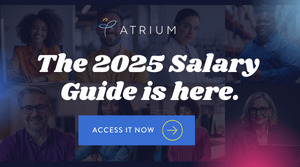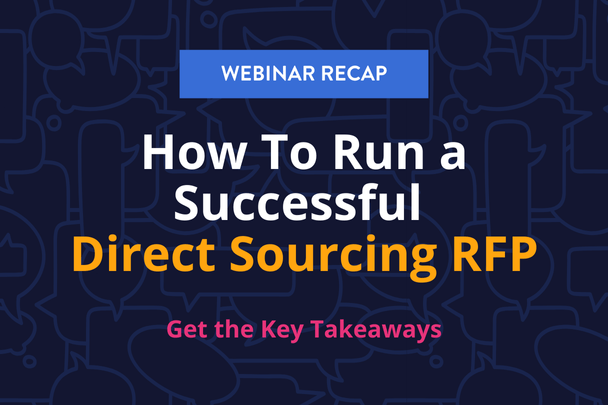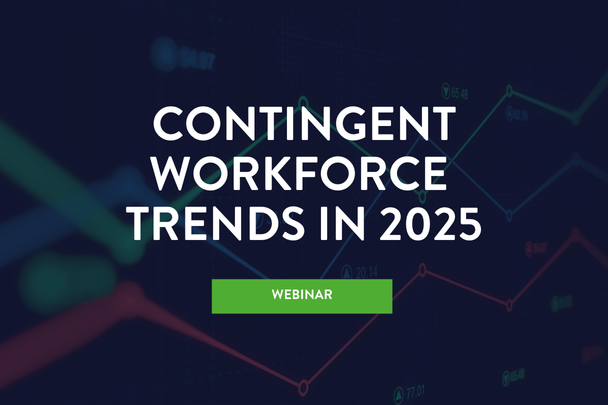“So, how was the interview?” I asked.
“It was okay. But, did you see her? She has to be in her forties.”
“Um, do you know how old I am?”
———-
I was forty at the time and was the recruiter for a “fast-growing” company. This interaction with a hiring manager was an eye-opening moment for me: ageism in the workplace is real. In fact, AARP reports that nearly 80% of older workers claimed they have seen or experienced ageism in the workplace. So, let’s get real about it.
Here’s the legal part. Individuals aged 40 and older are part of a “protected class” and under federal law, employers cannot discriminate on the basis of age in any aspect of employment. This includes hiring, firing, pay, job assignment, promotions, layoff, training, benefits, and any other term or condition of employment.
But why else should we care about not being ageist in the workplace? Here are some steps to consider for preventing ageism and promoting age diversity in the workplace:
Be real about conscious and unconscious bias when it comes to ageism in the workplace.
This includes assumptions about age based on details that the applicant may provide about their background: referring to having children or an elderly parent, or time spent at a certain employer when discussing experience.
We all have biases, many of which are unconscious. The first step to making a change is having bias awareness.
One way to do this at a company-level is to offer training on uncovering and discussing biases. This may already exist at your company, and ageism should be included as part of the conversation. The goal is to create a culture where comments like, “She has to be in her forties” or “There’s no way that older man will be able to use our systems,” don’t occur.
Instead, education focused on the benefits of a diverse workforce, including diversity in age, should be the priority.
To prevent ageism in the workplace, review job descriptions to ensure language used is not ageist.
The US Equal Employment Opportunity Commission (EEOC) makes it clear that publishing a job advertisement that expresses an age preference, or discourages someone from applying for a job because of age is illegal.
If you are a hiring manager or recruiter, audit your job descriptions for potentially ageist words or phrases that could deter candidates from applying. Consider the following comparative examples:
- “Three to five years of experience required” vs. “Minimum of 3+ years of experience required.”
- “Digital native” vs. “Ability to adapt and learn new systems and technology.”
Updating your job descriptions to ensure age-neutral language is being used can have a significant effect on the number of applicants you receive and can foster a spirit of inclusiveness around individuals 40 and over in the workplace.
Include the 40+ group in your diversity, inclusion, and belonging efforts.
The growth of teams focused on diversity, inclusion, and belonging (DIB) has risen tremendously in recent years. Indeed reports the number of DIB jobs has risen 123% since May. Hopefully, your company has invested in a leadership-supported initiative. One aimed towards DIB goals for equity across groups such BIPOC+ , LGBTQ+, and 40+ employee populations.
DIB efforts have a huge impact on ageism in the workplace and building an inclusive employer brand that attracts diverse applicants. For example, employee resource groups (ERGs) have become increasingly important considerations for job seekers. Can your company start a 40+ ERG if it doesn’t already exist?
Highlighting this, as well as the work of these employees do on your career site as an “employee spotlight” can illustrate the inclusivity present at your company.
Create additional training opportunities and programs.
One of the main generalizations about “older people” is that they are “not good with technology.” In this case, and always, training is key. If a candidate has demonstrated the aptitude, the technology should not be an issue with proper training. As they say, it is often more difficult to train on “soft skills” than “hard skills.”
Along with training, specific programs geared towards the 40+ age group can be very effective. For example, Humana has created a careers page specifically for retirees looking to return to work. Many other companies offer return-to-work programs for those that may be transitioning back to work after a break.
Ageism in the workplace is real.
There are so many steps companies can take to prevent ageism in the workplace and promote age diversity.
Ageism in the workplace is real.
Ageism in the workplace is also ironic. Every single one of us is aging. We will each find our place in that “protected class” of individuals 40 and over soon enough and will potentially experience age discrimination.
We can start today in taking the steps to shift our perspective, see the benefits, and promote diversity, inclusivity, and belonging in the workplace.
Resources:
EEOC – The Age Discrimination in Employment Act of 1967












